
 It’s become common knowledge that what flows out of your faucets at home likely contains MANY things other than the pure hydrogen and oxygen molecules your body requires to sustain life. Even the EPA admits that tap water at home “can reasonably be expected to contain at least small amounts of some contaminants.” But, did you know that levels of many of these contaminants are often MUCH higher than EPA standards? Some are dangerously higher and can cause both acute and chronic illnesses. In this 10th post of our Sick Home blog series, we’ll spell out exactly what might be coming out of your taps, why you should be concerned, and what you can do to clean up your water. What Exactly IS in the Water? A surprising number of contaminants can be found in your regular drinking water, whether you live in a city, suburb, or countryside, and whether you get your water from the municipal water supply or a well on your property. “Every community and household in the country has drinking water that is almost certainly contaminated with some level of pollutants.” -Olga Naidenko, Ph.D., Vice President for Science Investigations at the Environmental Working Group The EPA has categorized drinking water contaminants as follows: Microorganisms – some found naturally in water, some as a result of human and/or animal fecal contamination.
Disinfectants - water additives used to control microbes.
Disinfection Byproducts - byproducts created by the disinfectants listed above.
Inorganic Chemicals – chemicals that result from corrosion of household plumbing systems and pollution from various industries.
Organic Chemicals - from industrial chemical factories, agricultural chemical factories, petroleum refineries, runoff from herbicide use, runoff/leaching from insecticide, runoff from landfills, persistent residue of banned herbicide.
Radionuclides – radioactive elements.
We strongly recommend going HERE to see the full list of all 90 contaminants the EPA has set regulatory limits for and the potential health effects from long-term exposure above the maximum contamination level. NOTE: Many of the contaminants have a maximum contamination level of ZERO! That means that any level above zero for these contaminants is considered unsafe. Isn’t the EPA Taking Care of It? It’s important to note that just because the EPA has set regulatory standards on many pollutants, the standards are only effective if they’re being tested for and enforced properly. Unfortunately, this is not the case in most places in the nation. “The U.S. tap water system is plagued by antiquated infrastructure and rampant pollution of source water. Out-of-date Environmental Protection Agency regulations, often relying on archaic science, allow unsafe levels of toxic chemicals in drinking water,” warns Environmental Working Group. Furthermore, the EPA hasn’t set regulations AT ALL for some of the MOST DANGEROUS contaminants! Group I Carcinogen Found in Drinking Water Hexavalent chromium (chromium-6), categorized as a Group 1 carcinogen by the World Health Organization, was detected in alarming quantities in the water supply in Hinkly, CA, and made notorious by the 2000 film “Erin Brockovich”. However, chromium-6 contamination is not an old story. Chromium-6 currently taints the tap water of 251 million people in the U.S., as well as Guam, Puerto Rico, and the Northern Mariana Islands. In a recent study it was found in half of the water supply samples tested by Duke University in central North Carolina. To make matters worse, the EPA has set NO FEDERAL LIMIT for chromium-6! Environmental Working Group is an organization that has recognized the need for reporting accurate levels of chromium-6 and has created their own nationwide water testing database. The above interactive map allows you to search by zip code to find the levels of chromium-6 found in your water supply. “Forever Chemicals” in Your Home An entire class of per-and polyfluoroalkyl substances (PFAS) chemicals dubbed “Forever Chemicals” because of their persistence in the environment has not been issued a regulatory standard by the EPA. The “Forever Chemicals” group includes perfluorooctanoic acid (PFOA), perfluorooctanesulfonic acid (PFOS), GenX and more than 7,800 others! These chemicals have been used in a variety of industries and consumer goods, such as carpeting, furniture, nonstick and weather-resistant coatings, rubber, and plastics. Studies have linked some PFAS to cancer, reproductive issues, immune system damage, thyroid disease and other serious health impacts. The EPA was first alerted to the health hazards of PFAS in 1998. In the decades since, the agency has failed to set enforceable regulations on PFAS in drinking water, food, food packaging, and a wide array of everyday consumer goods. As of August 2021, 2,854 locations in 50 states and two territories are known to be contaminated with the highly toxic compounds known as “Forever Chemicals”. The above interactive map allows you to search by zip code to find the levels of PFAS found in your water supply. How to Clean the Water in Your Home Now that you know it’s imperative to take the safety of your drinking water into your own hands, we’re happy to say that this is actually very achievable. However, you’ll need to know your options so you can choose wisely for the contaminants you’re personally dealing with. NOTE: Different water treatment devices remove different contaminants or classes of contaminants. No one piece of treatment equipment manages all contaminants and none of them are guaranteed to be 100% effective. A water treatment device can either be a point-of-use device or a point-of-entry device. Point-Of-Use Devices Point-of-use devices can be free-standing, attached to a tap, or plumbed in with a dedicated faucet. Filter Pitchers
Filter attached to a faucet or installed under sink
Reverse Osmosis Units
Ultraviolet Sterilization
Distillers
Point-Of Entry Devices Point-of-entry devices (aka “Whole House Water Filters”) connect directly to your home’s main water line and acts as a central filtration system for your whole house. They offer high-capacity filtration and can treat up to several thousand gallons of water per day. They’re typically the most durable and maintenance free solutions, with some larger units only requiring filter replacements every 5-7 years. However, point-of-use devices are often required to remove the remainder of contaminants that Whole House Water Filters fail to remove. Adsorptive Media Filters
Aerators
Water Softeners
Why Bottled Water is NOT a Solution Though bottled water may seem like an easy no-brainer, bottled water can contain just as many contaminants as tap water and contributes to the problem of water supply contamination. Much of the reason why our water sources are polluted to begin with is due to the excessive use of plastics, the improper disposal of them, and the prevalence of chemicals used to create plastic products. Chemical components in the plastic water bottles readily leach into the water. 38 different pollutants including cancer causing PFAS, heavy metals, bacteria, fertilizer, Tylenol, and industrial chemicals have been found in many popular brands of bottled water. The bottled water industry is not held to the same standards of safety as tap water and does not disclose the results of any contaminant testing that it conducts. “The purity of bottled water is nothing more than a myth propagated to trick consumers into paying thousands of times more for a product than what it is actually worth.” - Wenonah Hauter, Executive Director of Food & Water Watch What Contaminants are in the Water at Your Home? Click HERE to search by zip code to find the most recently updated (2021) list of contaminants found in water utilities across the nation. Concentrations of each contaminant are listed and compared to the legal limit. NOTE: Many contaminants have NO LEGAL LIMIT. For the ones that do have a legal limit, keep in mind, legal does not necessarily equal safe. Legal limits for contaminants in tap water have not been updated in almost 20 years! If your water comes from a well, it’s your responsibility to test your own water. Federal and state governments have authority over water quality from public water systems, however private well owners are required to determine the safety of their own water. Private well owners must test their water regularly because contaminant levels can change over time. Click HERE to find info about certified labs that test drinking water in each state. Be sure to test for the more dangerous and less regulated contaminants like the varying haloacetic acids, hexavalent Chromium, and the many PFAS. Once you know what needs to be removed you can select the appropriate water treatment device. It’s important to note, again, that no one piece of treatment equipment manages all contaminants and none of them are guaranteed to be 100% effective. The following are the systems found to be most capable of managing each contaminant. Chromium-6
“Forever Chemicals” (PFAS)
Read this new study by scientists at Duke University and North Carolina State University about the efficacy of water filtration devices and how some can actually make PFAS concentrations worse. Haloacetic acids (HAA5)
Lead
Nitrates
Radon
Pesticides
Volatile Organic Compounds (VOCs)
Giardia and Cryptosporidium
Arsenic
Water, Water, Everywhere… As you can see, there’s a lot to consider when it comes to clean water in your home. Our recommendation to all our clients is to first, do your own homework, and second, consider a whole house water filtration system supported by an appropriate point-of-use water treatment device. Two or more water treatment devices can work in tandem to assure the maximum number of contaminants can be removed. It’s unfortunate that the responsibility of assuring clean drinking water in the home lies on the homeowner. We believe that with the right knowledge and the appropriate water treatment system designed specific to your home’s needs, you CAN achieve the clean water necessary to support your life. We intend for every element of your home to support your health, including the elements of H2O. Inspired by you, Jenny Pippin, CPBD, FAIBD, CGP
Pippin Home Designs
0 Comments
Leave a Reply. |
AuthorI am Jenny Pippin, founder of Pippin Home Designs and creator of my own inspired living. I grew up as an ordinary southern girl, working in the fields of my family’s tobacco farm. It didn’t take me long to realize I had greater gifts and so I chose to step into my power and create my own path in life, inspired by my heart’s true passion. (More on my personal story HERE!) Archives
February 2024
Categories
All
|
Copyright 2020. Pippin Home Designs. All rights reserved.
ARCHITECTURAL DESIGN COPYRIGHT NOTICE
1987-2024 Copyright. Jennifer B. Pippin FAIBD, CPBD. Pertaining to all home designs, drawings, and photographic imagery of completed designs
presented herein. No part of the contents of the design work presented on this website may be reproduced or transmitted in any form or
by any means, electronic or mechanical, for the purpose of replication or adaptation. This material is intended to provide accurate and
authoritative information about the design abilities and expertise of Jennifer B. Pippin FAIBD, CPBD and Pippin Home Designs.
ARCHITECTURAL DESIGN COPYRIGHT NOTICE
1987-2024 Copyright. Jennifer B. Pippin FAIBD, CPBD. Pertaining to all home designs, drawings, and photographic imagery of completed designs
presented herein. No part of the contents of the design work presented on this website may be reproduced or transmitted in any form or
by any means, electronic or mechanical, for the purpose of replication or adaptation. This material is intended to provide accurate and
authoritative information about the design abilities and expertise of Jennifer B. Pippin FAIBD, CPBD and Pippin Home Designs.



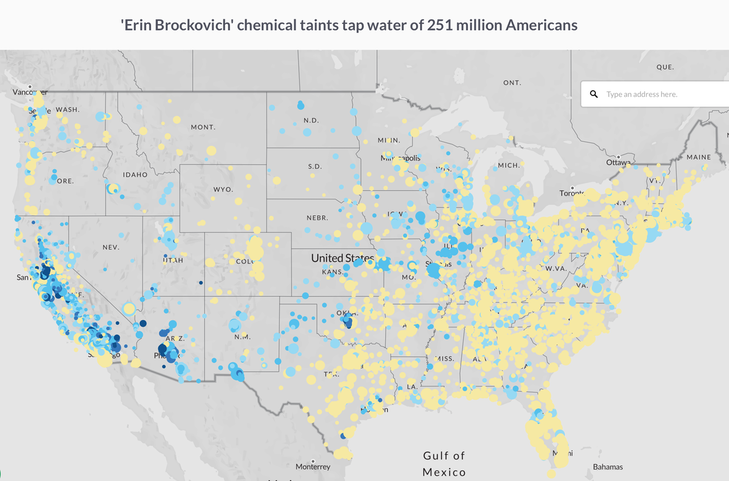
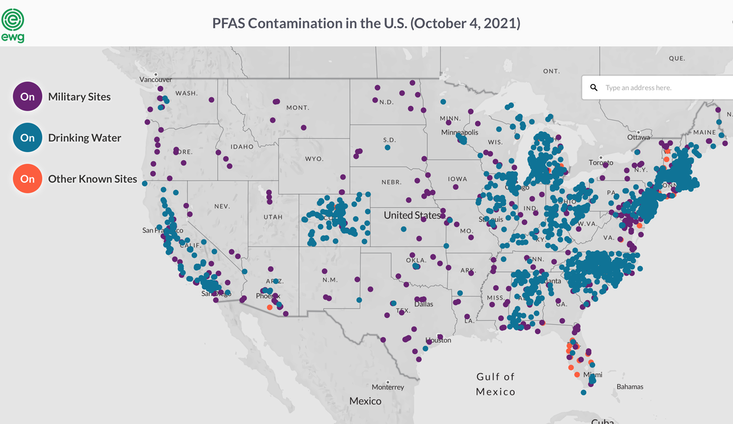
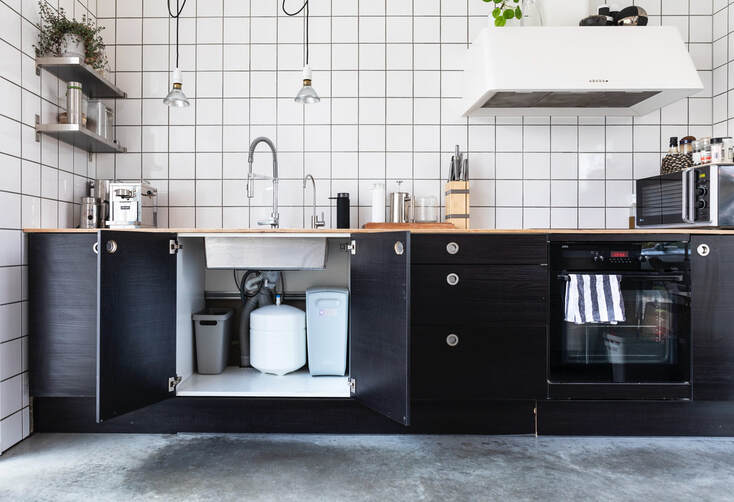
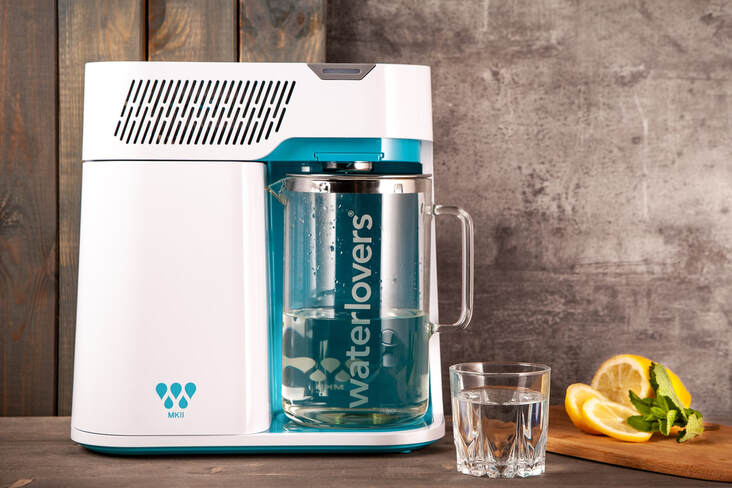
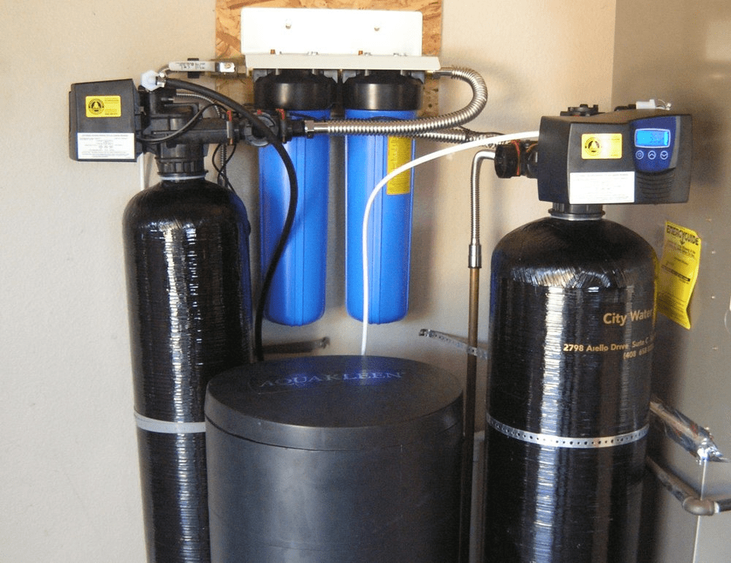
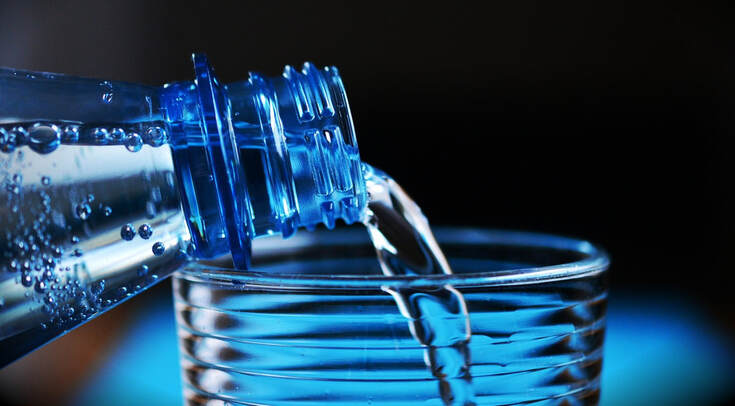




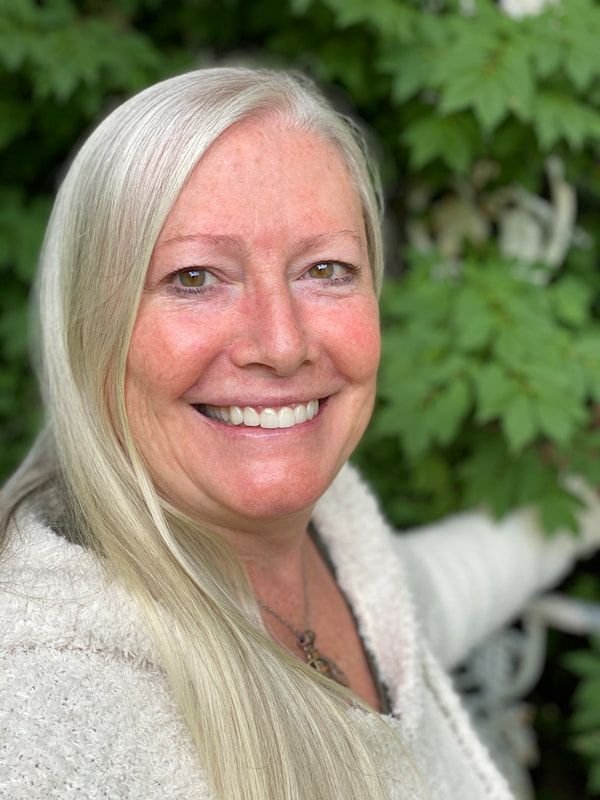
 RSS Feed
RSS Feed
